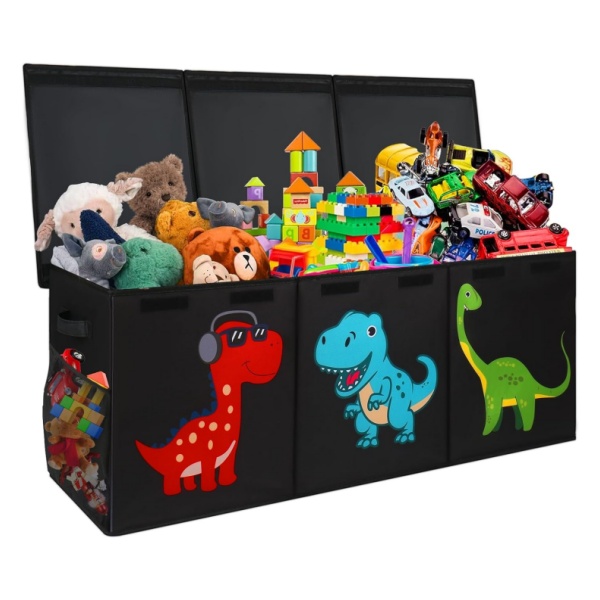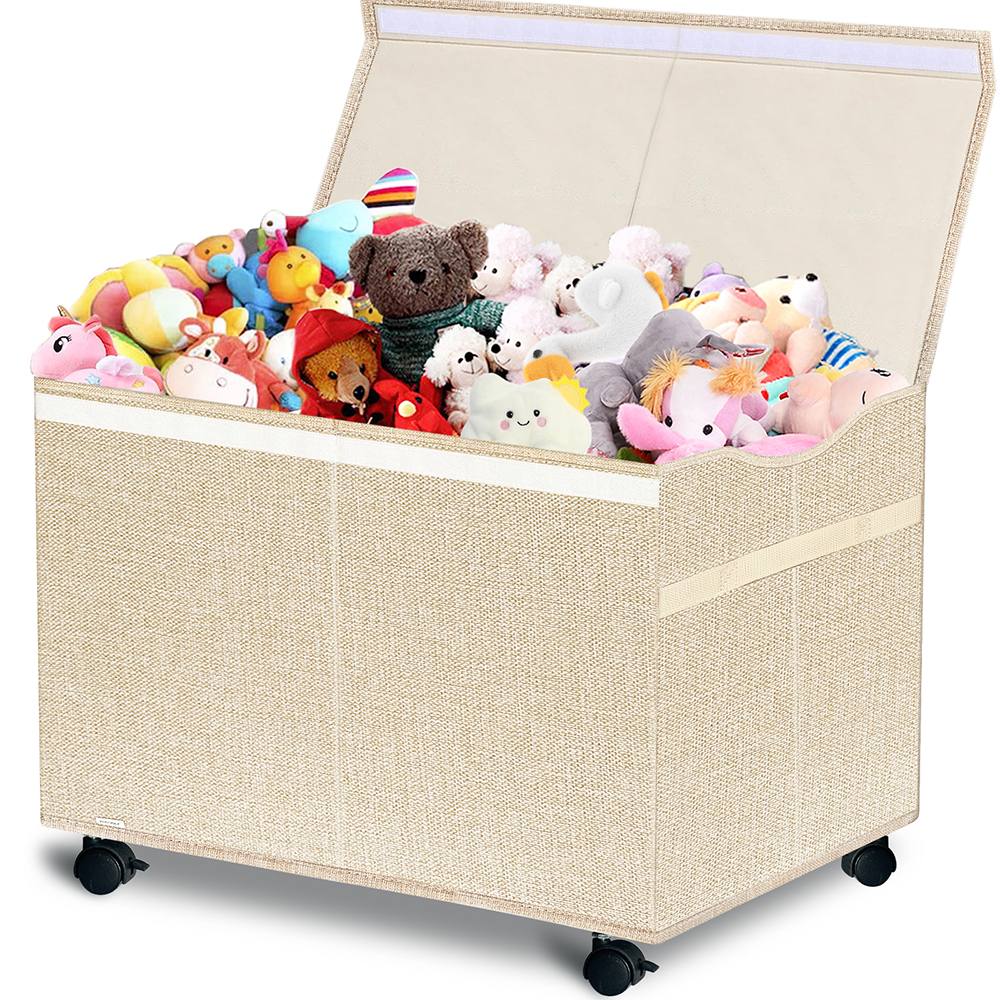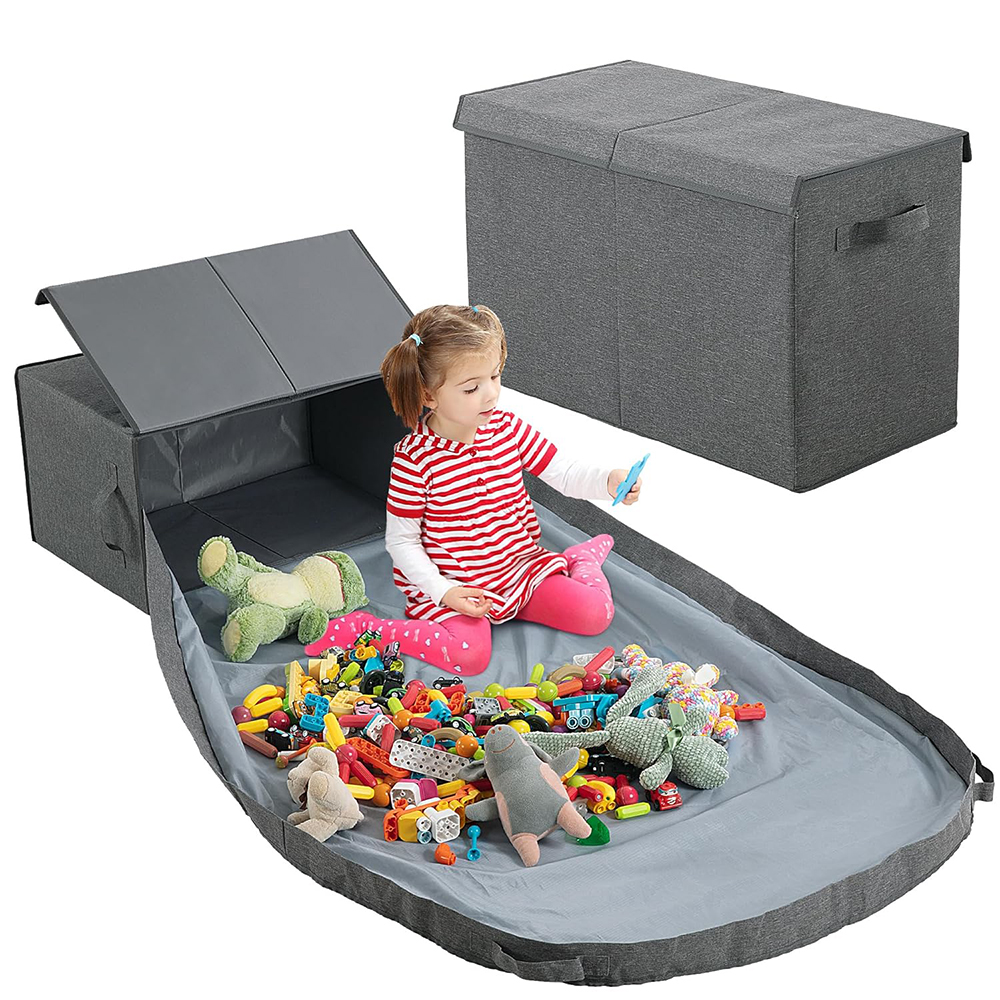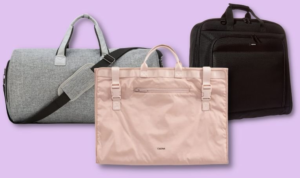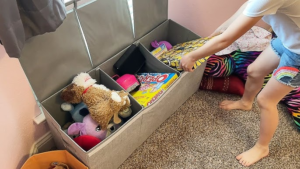As a supplier, it’s crucial to prioritize safety when creating products for children. Large toy chests are popular for storing toys, but are they safe for toddlers? Let’s explore key features that ensure toy chests are safe for toddlers to use.
Yes, large toy chests can be safe for toddlers if they include features like soft-close lids, ventilation holes, rounded edges, and non-toxic materials. These elements significantly reduce the risks associated with toy chests.
Let’s explore these features in detail to help ensure the safety of toddlers when using large toy chests.
1 Safe Lid Design
One of the main safety concerns with toy chests is heavy or slamming lids that could injure little fingers. To prevent this, soft-close hinges are a must. These mechanisms ensure the lid closes gently, giving toddlers time to move their hands safely. Suppliers should prioritize lightweight lids with soft-close features for added protection.
2 Ventilation Holes
Ventilation holes are essential for preventing suffocation should a toddler crawl inside a toy chest. These small openings allow airflow and are a critical feature for ensuring that large toy chests meet safety standards. As a supplier, including ventilation gaps is a simple but essential safety measure.
3 Rounded Corners
Sharp edges and corners can easily injure an energetic toddler. When designing large toy chests, it’s important to round all corners and edges. This significantly reduces the chance of cuts and bruises from accidental bumps.
4 Non-Toxic Materials
Toddlers are known to explore the world by tasting and touching everything, including their toy chests. As a supplier, it’s vital to use non-toxic, eco-friendly materials. This reassures parents that their child won’t be exposed to harmful chemicals if they touch or chew on the chest.
5 Stable and Sturdy
A large toy chest should be sturdy enough to avoid tipping over if a toddler leans on it or tries to climb inside. Suppliers must ensure that the toy chest has a stable base to minimize the risk of it toppling over, which could cause serious injury.
6 Avoid Small Detachable Parts
Toy chests should not have small, detachable pieces that could become a choking hazard. Instead, ensure that all parts are securely attached or built into the chest’s structure. This eliminates the risk of small parts being swallowed by curious toddlers.
7 Child-Friendly Height
A large toy chest should be accessible to toddlers, making it easier for them to retrieve and put away their toys. By designing toy chests at an appropriate height, suppliers can encourage safe, independent play without the risk of toddlers climbing onto the chest and potentially falling.
Large toy chests can be safe for toddlers if they’re designed with features like soft-close lids, ventilation holes, non-toxic materials, and rounded edges. By prioritizing safety in every aspect of the design, suppliers can offer parents peace of mind, knowing their children are using a product that minimizes potential risks.

